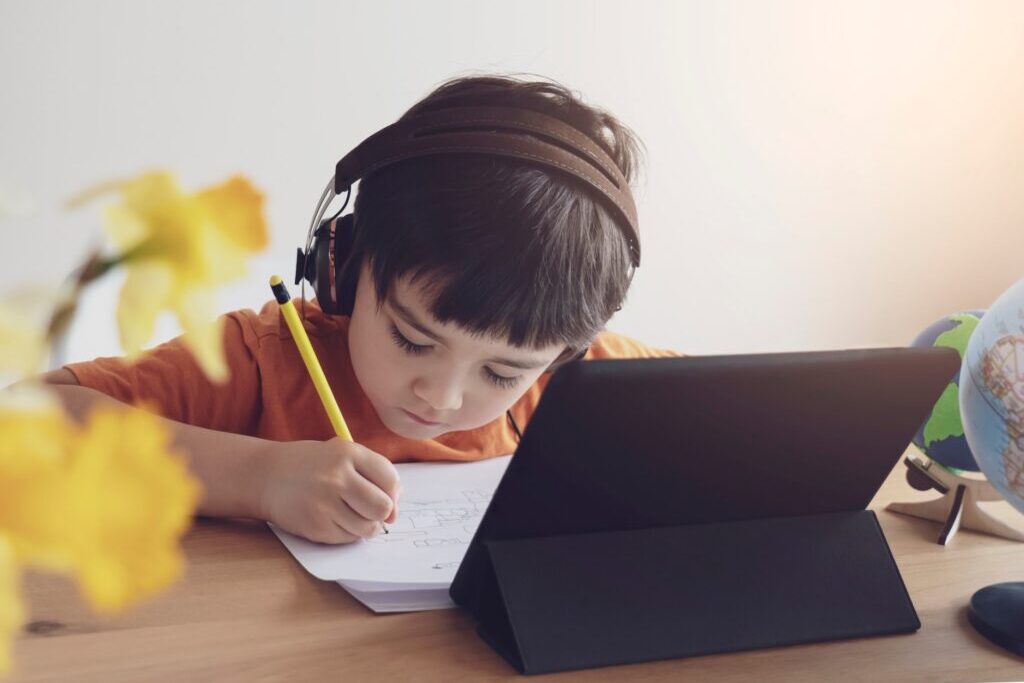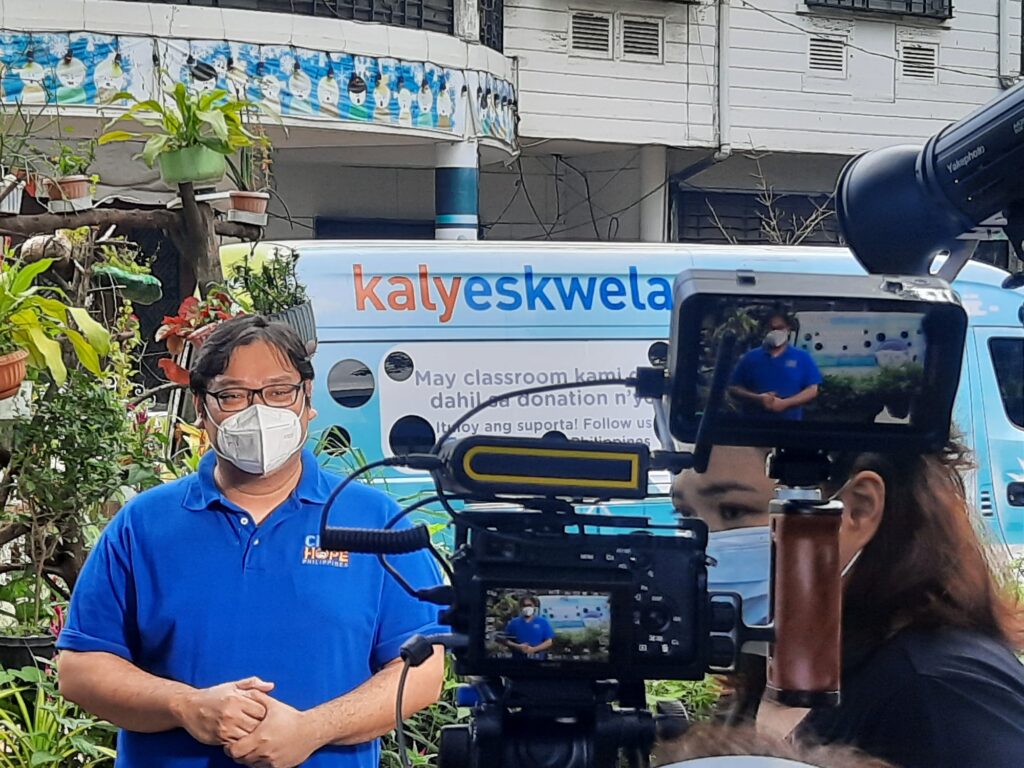The COVID-19 pandemic has forced everyone’s hands to adapt to the changing times as far as learning is concerned. With the issues and hopes caused by this sudden event, how are we dealing with this setup? With the current status of the country’s new normal in education, learn more about Childhope Philippines’ alternative learning system (ALS) efforts to keep bringing topnotch learning to children.
3 Main Types of Education
As we know it, learning goes beyond the four walls of the classroom. Aside from the basics given by such a formal setup, kids and youth also get the learning they need from their actions outside school. Hence, there are 3 main types of learning: formal, informal, and non-formal.
Formal Education
Mostly taking place in the premises of the school, this type of learning is given by trained teachers who are skilled in the art of instruction. Also, both students and teachers engage in the whole process of the learning system.
Informal Education
On the other hand, this type of learning refers to when one is not learning in a school and doesn’t use any clear learning style. Neither pre-planned nor intended, this isn’t given by a school, isn’t given based on a fixed schedule, and doesn’t follow a structured syllabus. Thus, those in these learning sessions can choose which style fits their distinct cases.
Non-formal Education
This includes adult basic learning, adult literacy learning, or school equivalency arrangements. Often aimed to serve the needs of certain groups, this type of learning needs open options in the course design and assessment scheme.

What is the New Normal in Education in the Philippines?
It goes without saying that learning in today’s new normal is a tough feat, not just for the students but for the teachers and the parents as well. Thus, the need for open learning options is on the rise to help solve key issues and keep giving topnotch learning amid the global health crisis .
One key approach is to adopt the ways of blended learning. This system uses both offline and online education through tech.
Education System in the Philippines
To help students shift into the sudden changes brought about by the health crisis, distance learning methods have become part of the new normal in education.
Further, the modern systems such as TV broadcasts and online learning are currently being adopted in hopes to help address the top education issues in the Philippines.
New Normal Learning Challenges
- Access: Struggling to engage in online learning, those with no stable internet access and resources risk being left behind.
- Cost: Students who can adapt to this setup find it cheaper due to the lower cost of transport, arrangement, and the total cost of school-based learning. Although, spending on online resources can be a challenge for those less privileged.
- Flexibility: While learning at home can mean learners having the freedom to plan their time to complete their modules and courses, some find it hard to keep up with the pace due to the style of this learning setup.
- Method: Aiming to combine face-to-face sessions with tech gives rise to blended learning, helping boost the learning power of students. On the other hand, some of them may find this method dull and limited due to the lack of personal interaction.
Planning for the New Normal Learning
With the sad truth that not everyone is able to have access to blended learning tools, there’s still a need to adapt to certain demands during this challenging time. At the most basic level, here are the things Filipino students need to prepare for the new normal learni ng:
- Set study space: Having this helps boost the whole learning setup.
- Test runs: Doing this aims to launch the new setup to learners at home.
- Learning routine: Having a routine helps students adjust to the new setup.
- Ways to keep updated: This helps students to stay abreast of updates to ensure smooth learning.
- Healthy mindset and well-being: Despite the sudden shift to online learning, having a stable support system during such a change is important.

The Alternative Learning System (ALS)
To have basic learning is deemed a gateway for everyone to boost their learning and skills training. Besides, learning is a basic human right. When taken for granted, those without proper learning are exposed to dire poverty.
In an effort to help address this, ALS programs support people who haven’t received a basic-required stage of formal learning. Set as a blended learning program, ALS is a mix of self-paced, modular-based learning with guidance from mobile teachers. Also, ALS also plays a huge role in certain areas where learning faces key risks due to conflicts, natural hazards, or remoteness.
Childhope Philippines’ Non-formal Learning
As part of our mission to strongly respond to the call on helping street children and youth through our Street Education and Protection (STEP) Program, the KalyEskwela cause simply translates to “school on the streets.”
Under the DepEd’s ALS, street children and youth learn through modules guided by our street teachers. Also, we aim to give learning aid for youth going back to the formal school system.
Sound like something you’re interested in? If you want to join us to change lives, you may be the one we need! Learn more about our STEP Program and other causes. Join our projects first-hand by being a Childhope volunteer now! You may also get in touch with us to check how you can donate today.
You may also visit our Facebook page for more updates. Help us spread the word to engage more people about our mission!
